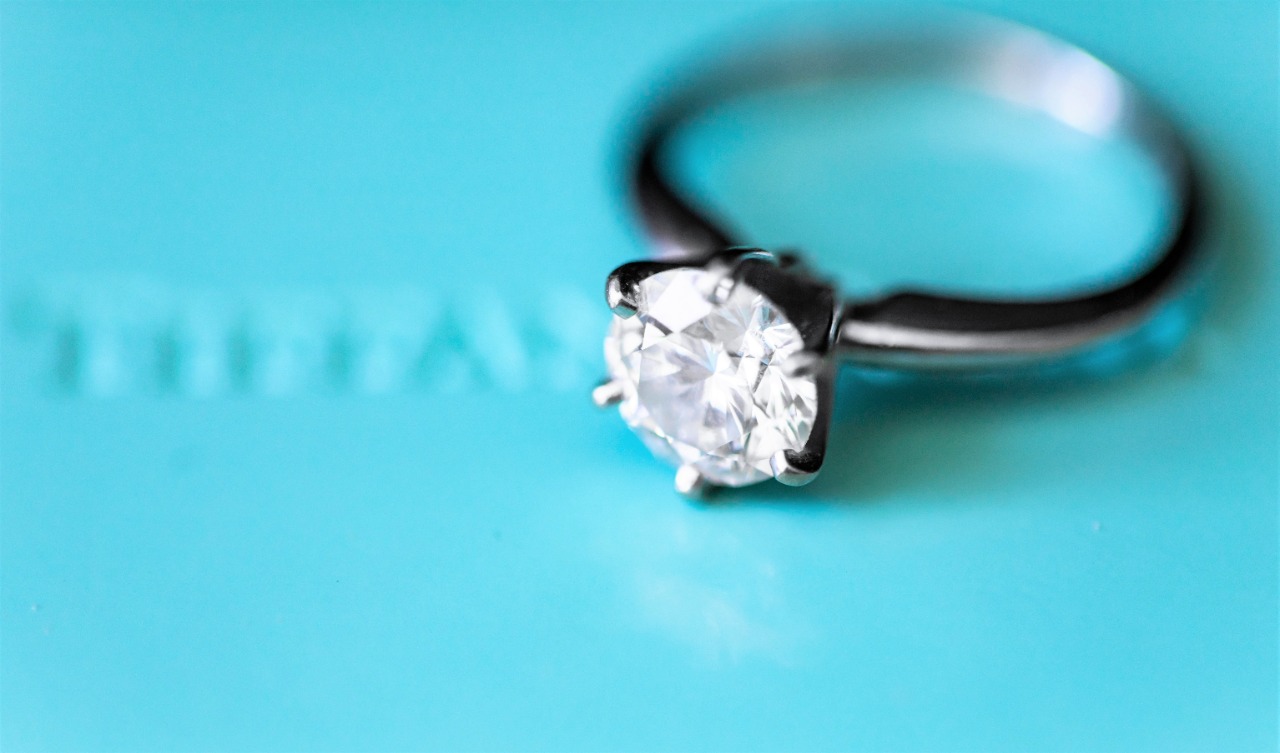
Diamond Grading: A Guide for Understanding How Diamonds are Priced
There are many reasons that diamonds are one of the most popular stones, especially for engagement rings. They’re alluring and rare, and no two diamonds are identical. Diamonds are also one of the most expensive stones, with a price ranging into the ten thousand. However, they can also be as inexpensive as a few thousand. To understand why the price range for diamonds is so extensive, it’s important to understand the four factors – cut, clarity, color, and carat weight – that are used in diamond grading.
Cut
One of the most beguiling qualities of a diamond is how dazzling it is in the light. A diamond cut with quality handmanship will reflect light and appear bright, with the highly coveted, iconic arrow pattern. If a diamond is cut so that light goes through the crown and out of the pavilion, however, the diamond will appear dark, lacking the characteristic luster. The way a diamond is cut will also affect its clarity.
Clarity
The ideal diamond is like glass: cut well with no cloudiness or color tones. While finding a perfect diamond is close to impossible, clarity is one of the most important things that determines a bad diamond from a nearly perfect diamond. The clarity of a diamond is mostly natural, but it can be influenced – for better or worse – by the cut. As mentioned before, a diamond with a poor cut will filter light differently, resulting in a cloudy appearance.
Color
While it’s easy to see why a yellow diamond would be worth drastically less than a clear, clean diamond, there are times when the coloration is so subtle it can be hard to see. Near colorless are the most reasonable goal, with completely colorless being extremely rare and yellow tones being undesirable. A yellow tone won’t just affect the color, however – it can also affect the clarity by making a diamond appear cloudy in certain lighting.
Carat Weight
This is probably the most well-known diamond grading factor. After all, weight and price have been related for centuries. So, even if someone has never bought a diamond before, they can assume that like other goods such as tea or even dog food, a heavier weight or bigger diamond will cost more than a smaller diamond. Carats are a unit all on their own, much like an ounce or pound. If you’re having trouble visualizing this, you can think of a carat as the same weight of a small paper clip. However, since carat weight isn’t the only factor in consideration as it would be with a good like sugar, the price difference in a 1-carat diamond and a 2-carat diamond can be outstanding if one stone is cut particularly well or is rarer. Also, larger stones are rarer than smaller stones, so, even if you have a handful of small diamonds that weigh the exact same as a large diamond, due to rarity, the large diamond will be worth more.

No Comments